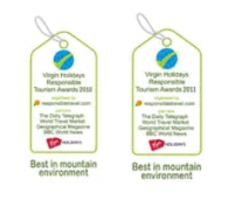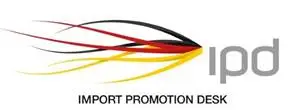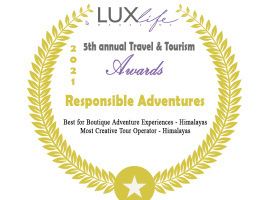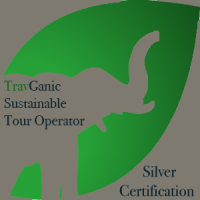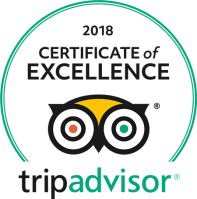What is better to bring to Nepal, cash or ATM cards
Are you wondering how to exchange currency in Nepal, be relieved? You can easily exchange a wide variety of currencies in cities and towns frequented by tourists in Nepal. There are many money changers in Kathmandu, Pokhara, and Chitwan. You can also exchange your money in hotels and guesthouses; you won’t be getting the best rates, though. The most readily accepted currencies are US dollars and Euros. Travel companies, hotels, and airlines take these currencies in cash. If you need to exchange a significant amount, e.g., $500 or more, ask the moneychanger to give you a better rate. You can get a higher exchange rate than what is shown on their rate board.
The accepted cards are Visa, Master Card, Maestro, Diners Card, Cirrus, and American Express. If you want to pay using your credit card, there is a service charge of 3.5%.
Know our Money
Nepal’s currency is called the Nepalese Rupees. Therefore, the shops, vendors, or service providers might use NRP, NRs, and Rs abbreviations to denote the local currency price.
You can also ask your travel agent or hotel, and they can help you exchange your cash for Nepalese rupees according to the present exchange rate generated by Nepal Rastra Bank (Central Bank of Nepal). This is the easiest way to exchange currency in Nepal.
If you are unsure if the currency you plan to bring is accepted, go to this Nepal Rastra Bank page. The best place to exchange money would be in Thamel’s tourist district, where many money changers exist.
If you are going on a trek, it is best to have local currency with you and bring a little extra if you run out. You will get a lousy exchange rate in the villages, as the lodge owners must wait until they get down to a city/town before changing your foreign currency into local money. If you have leftover local currency, you can use it for food or shopping after your trek. It is always good to have small denominations to make small payments, especially trekking.
If you have a significant amount of cash, ask your hotel reception for a safety deposit box; if there isn’t one in your room, do not leave unattended money in your room.
ATMs
There are some modern banking facilities in Nepal these days, and there are even branches of some international banks in Kathmandu and Pokhara. You can also use your credit/debit cards to withdraw money from the numerous Automated Teller Machines (ATMs) if you don’t like carrying a lot of cash. Some of you are fortunate that your bank back home reimburses you the fee local banks charge you for dispensing your money. Most ATMs in Nepal allow fast cash transactions of Rs.10,000 (slightly less than US$100) and charge you between Rs.200 – Rs.400, depending on the bank. Quite a few bank ATMs allow you to withdraw as much as Rs. 35,000 (roughly $350) at once, charging you a fee of Rs. 400. Sometimes, the machines might not be working. Still, as mentioned above, many ATMs in major cities accept International cards, dispatching cash in Nepalese rupees. There is a security guard outside the ATM lounge or machine.
This doesn’t happen often, but it is better to use ATM outside its related bank just if the machine retains your card so you can retrieve it from the bank.
Travellers’ Cheques and Credit cards
Traveller’s cheques are no longer accepted in Nepal. As mentioned above, you can use your debit/credit card to make payments, but it is much easier with cash. Do inform your bank that you are travelling as some banks automatically stop transactions suspecting your card’s theft or fraudulent activities.
More Travel Tips.
Check out our Trekking packages for Nepal, Bhutan, India, and Tibet.


